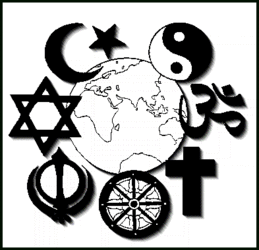The preparation for my matzah cooking brought me to Shaw’s supermarket’s ‘international’ aisle. A small section of this aisle was dedicated to kosher cuisines and it was there that I found my ingredients for the matzah balls. Matzah is an Ashkenzai Jewish dumpling originating from Central and Eastern Europe.
 The recipe that I chose to follow is from an Jewish informational website called Judaism 101 and I decided to make a dish that is highly recognizable. The ingredients and recipe for the Matzah is as followed:
The recipe that I chose to follow is from an Jewish informational website called Judaism 101 and I decided to make a dish that is highly recognizable. The ingredients and recipe for the Matzah is as followed:
- 2 cup matzah meal
- 2 eggs
- 2 tbsp. oil or schmaltz (melted chicken fat)
- 2 tbsp. water or chicken broth
- 2 tbsp. fresh chopped parsley
- a little black pepper
- 2 quarts thin chicken broth or consommé
- A handful of baby carrots or regular carrots cut into large chunks (optional)
- a few stalks of celery cut into large chunks (optional) Continue reading



